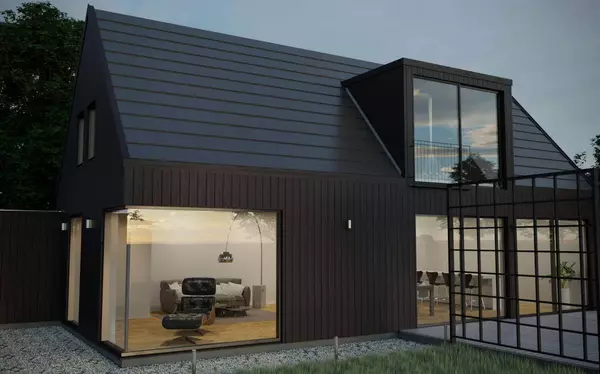The At Home Store Files for Bankruptcy: What It Means for Retail Real Estate

Posted by Christian Harris | June 2025 | Real Estate Insights
Another big-box brand is making headlines—and not in the way anyone hoped.
The At Home Store, known for its massive warehouse-style showrooms filled with home décor, furniture, and seasonal goods, has filed for Chapter 11 bankruptcy. While this news may seem like just another corporate shakeup, it’s part of a much bigger trend rippling through both retail and commercial real estate.
Let’s break down what this move means—and why landlords, investors, and industry professionals should be paying close attention.
Why At Home Filed for Bankruptcy
The pandemic gave a temporary boost to home goods stores like At Home as people upgraded their living spaces. But that demand has since cooled.
According to the filing, At Home is facing:
-
Slowing sales growth
-
Excess inventory
-
Rising operating and labor costs
-
Mounting debt from overexpansion
Simply put, they grew too fast, signed too many leases, and are now stuck with large, underutilized stores in a post-COVID retail world that values flexibility and e-commerce integration.
What This Means for Commercial Real Estate
This isn’t just about one retailer—it’s about the evolution of brick-and-mortar spaces.
At Home currently operates over 200 stores, many of which are standalone buildings or key anchors in suburban shopping centers. With this bankruptcy, several things could happen:
-
Vacant big-box properties may be returned to landlords, leading to costly vacancies.
-
Lease renegotiations may occur, as some landlords prefer to keep tenants rather than face a long vacancy.
-
Redevelopment opportunities could emerge, with spaces converted into self-storage, fulfillment centers, gyms, or even mixed-use hubs.
The Shift: From Big Box to Flexible Format
This isn’t the first retailer to stumble, and it won’t be the last. Similar bankruptcies from Bed Bath & Beyond, Tuesday Morning, and Party City show us a pattern: big isn’t always better.
Retail trends are leaning toward:
-
Smaller footprints
-
Omnichannel experiences
-
Experiential concepts, such as immersive entertainment or boutique fitness
-
Mixed-use spaces that combine retail, office, and residential
The message is clear: adaptability wins.
Advice for Property Owners and Local Brokers
If you’re a landlord with an At Home store in your portfolio—or simply looking to stay ahead of the trend—here are three key recommendations:
-
Start Planning Now: Don't wait for the store to go dark. Begin scenario planning with your leasing team.
-
Reimagine the Space: Consider non-traditional uses, subdividing, or converting the property entirely.
-
Engage Locally, Think Nationally: Leverage local brokers for creative solutions while aligning with national market trends.
Final Thoughts
At Home’s bankruptcy is more than a corporate restructuring—it’s a sign of changing tides in retail and commercial real estate.
As a commercial broker, I see it as a chance to reframe how we use space, who we serve, and how communities shop. The demand for real estate isn’t vanishing—it’s just shifting. And for those who are prepared to pivot, opportunity is right at the doorstep.
Recent Posts











"My job is to find and attract mastery-based agents to the office, protect the culture, and make sure everyone is happy! "
